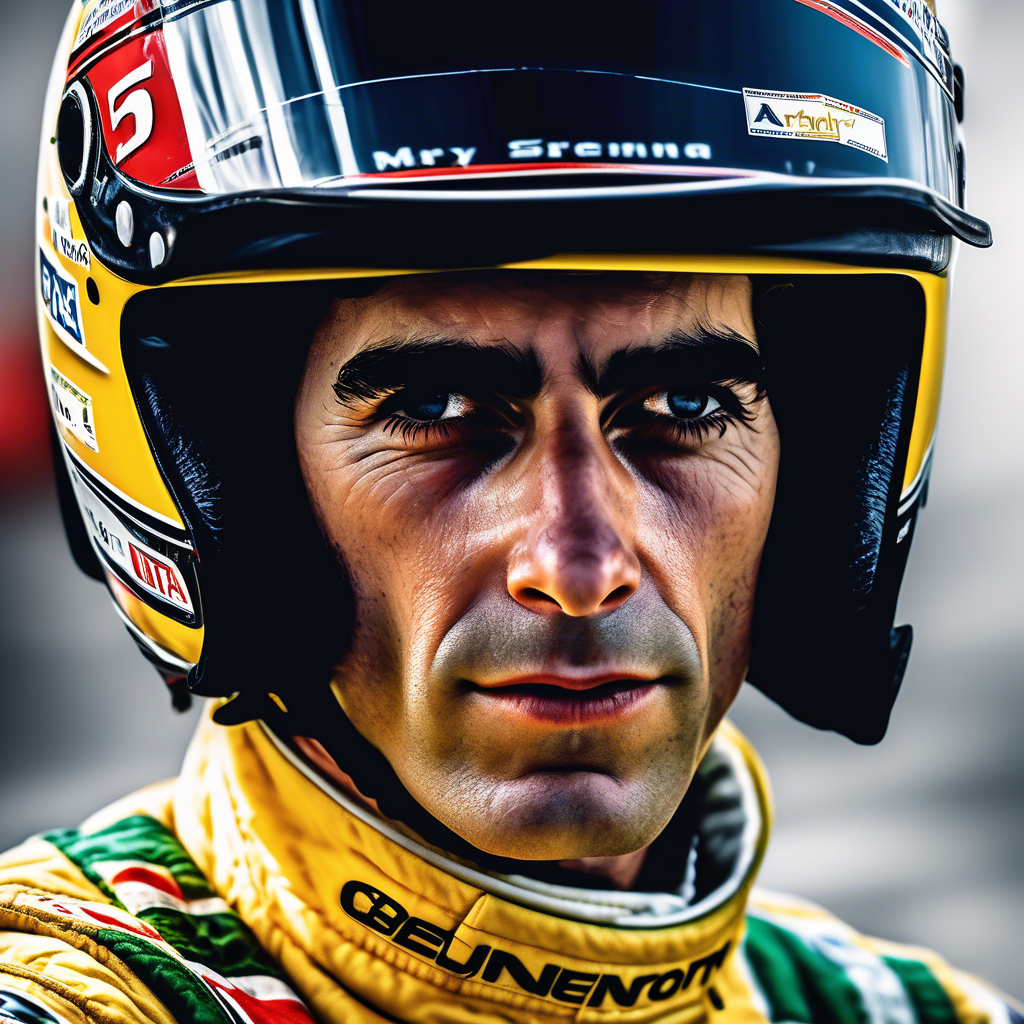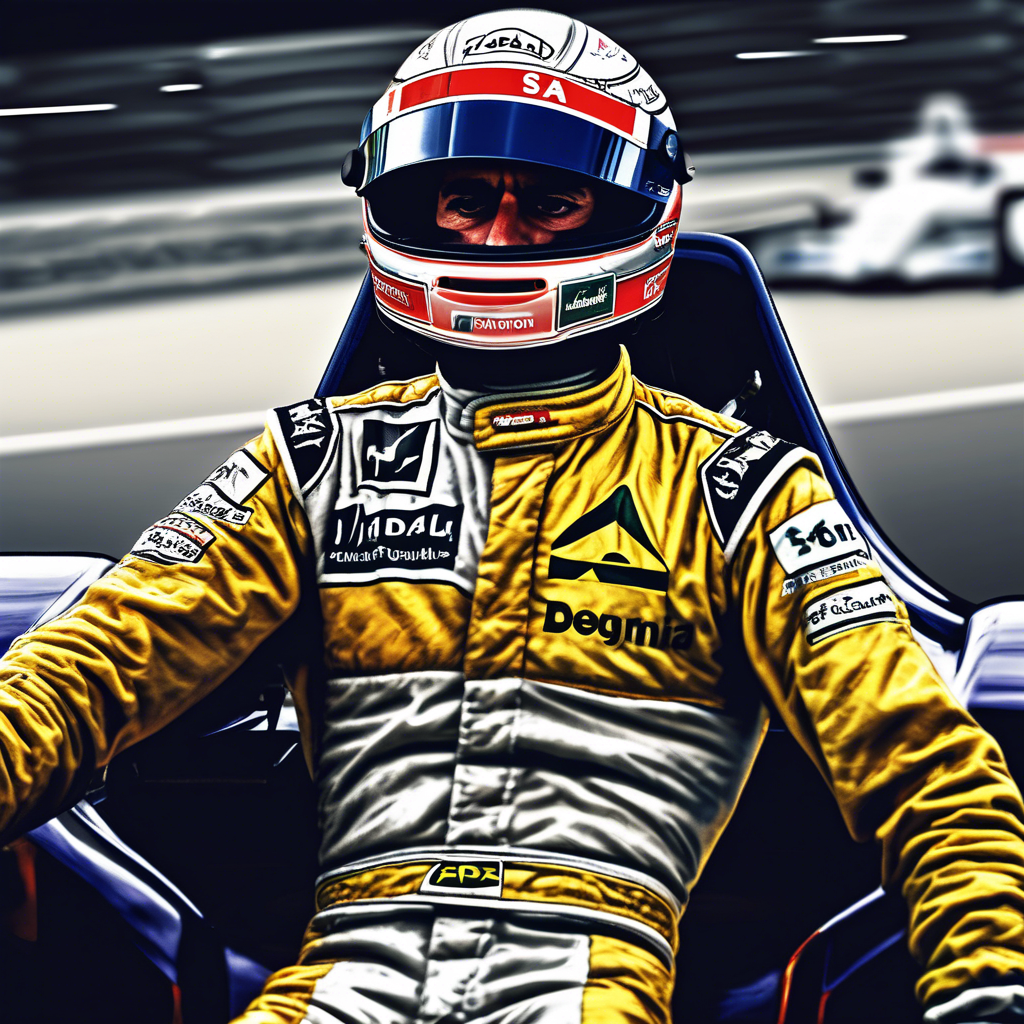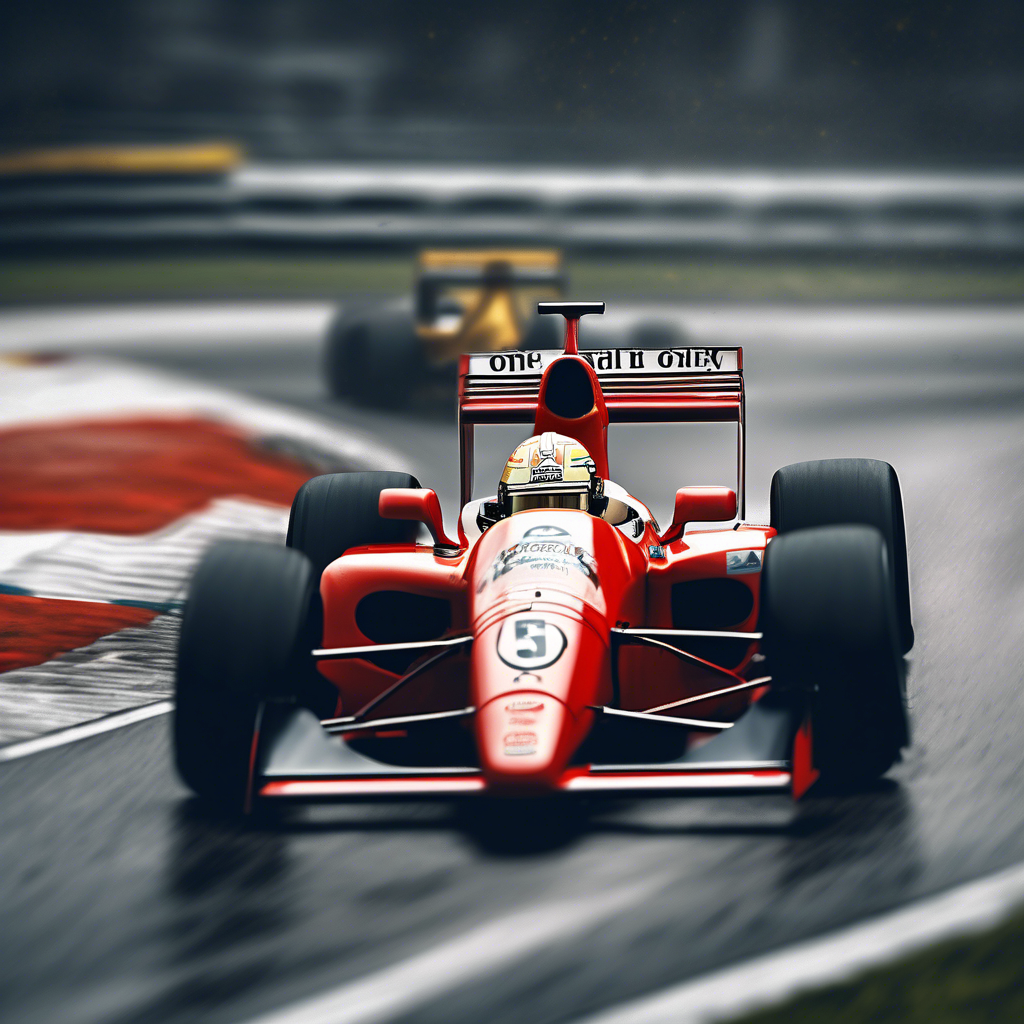The Impact of Ayrton Senna on Modern Formula One Racing

Ayrton Senna, a name synonymous with speed, precision, and passion, left a legacy in the world of Formula One that continues to influence the sport today. His career, although tragically cut short, reshaped the dynamics of modern F1 racing, inspiring drivers and teams alike to push the boundaries of performance and safety. Senna’s influence is seen not only in the technical innovations he championed but also in the driving techniques that continue to define the sport.
The importance of Ayrton Senna in racing history cannot be overstated. As a three-time World Champion, Senna’s approach to racing was both scientific and instinctive, setting new standards for driving excellence. Today, as Formula One continues to evolve with new technologies and regulations, Senna’s legacy remains a guiding force, providing valuable lessons in resilience, strategy, and innovation. This article explores the multifaceted impact of Senna on modern Formula One, examining how his legacy continues to shape the sport.
Readers can expect to gain insights into Senna’s contributions to F1 racing techniques, the innovations he inspired, and how his influence is embedded in the sport’s ongoing evolution. We will delve into real-world examples and data points, providing a comprehensive understanding of Senna’s enduring impact on Formula One racing.
Senna’s Influence on Driving Techniques
Senna’s driving style was a blend of aggressive precision and calculated risk-taking, a combination that redefined how drivers approached the track. His mastery of the wet conditions, famously showcased during the 1984 Monaco Grand Prix, demonstrated an unparalleled ability to adapt to challenging environments. This adaptability has become a cornerstone of modern F1 racing, where drivers must be versatile and quick-thinking.
One of the key aspects of Senna’s technique was his ability to extract maximum performance from his car while operating on the edge of its capabilities. This approach has influenced generations of drivers, encouraging them to refine their skills and push the technological limits of their vehicles. Today, simulators and advanced telemetry analysis are used to develop similar high-performance driving strategies, a testament to Senna’s pioneering methods.
Innovations Inspired by Senna
Senna’s quest for perfection extended beyond the cockpit, influencing technical advancements in car design and safety. His collaboration with engineers led to innovations in aerodynamics and suspension systems, which have become integral to modern F1 cars. The McLaren MP4/4, which Senna drove to victory in 1988, is often cited as one of the most successful F1 cars, largely due to the innovations it incorporated.
Senna’s tragic accident at Imola in 1994 was a catalyst for significant safety improvements in Formula One. In response to the loss of one of its brightest stars, the sport introduced stricter safety regulations, including the development of the HANS device and more stringent crash testing standards. These measures have drastically reduced fatalities and serious injuries in the sport, underscoring Senna’s lasting impact on F1 safety protocols.
Senna’s Legacy in Modern Formula One
Ayrton Senna’s legacy is evident in the attitudes and aspirations of modern F1 drivers. His dedication to excellence and his relentless pursuit of success have inspired a generation of racers who idolize his achievements. Current F1 champions often cite Senna as their inspiration, striving to emulate his determination and skill.
The Senna Foundation, established by his family, continues to support educational initiatives and promote social responsibility, echoing Senna’s commitment to making a positive impact beyond the racetrack. This philanthropic work highlights the broader influence of Senna’s legacy, extending his impact beyond Formula One into global communities.
Technical Evolution and the Senna Effect
The technological evolution of Formula One has been significantly influenced by the innovations Senna advocated for during his career. His emphasis on car performance and driver safety has led to ongoing advancements in vehicle engineering, including the introduction of hybrid engines and sophisticated data analysis systems.
Senna’s approach to teamwork and collaboration with engineers set a precedent for the modern driver-engineer relationships that are crucial to success in today’s F1. Teams now employ a holistic approach to race strategy, emphasizing communication and innovation, principles that were hallmarks of Senna’s career.
For those interested in exploring Ayrton Senna’s influence further, video content can provide a dynamic look at his most iconic races and the technical advancements he inspired. Watching races like the 1993 European Grand Prix at Donington Park offers a firsthand glimpse into Senna’s extraordinary skill and the lasting impact he had on the sport.

Frequently Asked Questions
What made Ayrton Senna’s driving style unique?
Senna’s driving style was characterized by his aggressive precision and ability to perform exceptionally well in adverse weather conditions. His talent for maximizing car performance on the edge of its capabilities set a new standard in F1 driving techniques, influencing many drivers who followed.
How did Ayrton Senna impact safety in Formula One?
Senna’s tragic accident in 1994 led to comprehensive safety reforms in Formula One, including the introduction of the HANS device and improved crash testing standards. These measures have significantly enhanced driver safety, reducing fatalities and injuries.
What technical innovations did Senna inspire in Formula One?
Senna’s collaboration with engineers resulted in advancements in aerodynamics and suspension systems, exemplified by the McLaren MP4/4. His emphasis on technical excellence has influenced ongoing innovations in car design and engineering in modern F1.
How does Senna’s legacy continue to influence modern F1 drivers?
Modern F1 drivers often cite Senna as a significant influence, admiring his dedication and skill. His approach to racing and success has inspired current champions to pursue excellence and push the limits of their performance.
What role does the Senna Foundation play in preserving his legacy?
The Senna Foundation supports educational initiatives and social responsibility programs, reflecting Senna’s values and commitment to positive impact. It plays a crucial role in extending his legacy beyond the racetrack into broader societal contributions.
Conclusion
Ayrton Senna’s impact on modern Formula One is profound and multifaceted. From pioneering driving techniques to inspiring technical innovations and safety reforms, his legacy continues to shape the sport. Senna’s influence is evident in the strategies and aspirations of today’s drivers and teams, who strive to emulate his excellence and commitment.
As Formula One continues to evolve, the lessons from Senna’s career remain relevant, offering valuable insights into resilience, innovation, and collaboration. For enthusiasts and professionals alike, understanding Senna’s contributions can provide a deeper appreciation of the sport’s history and its future trajectory.
For further exploration, consider delving into topics such as the evolution of F1 safety measures, the role of technology in modern racing strategies, and the influence of legendary drivers on current F1 dynamics. These areas offer rich opportunities for understanding the complexities and ongoing innovations in Formula One racing.



